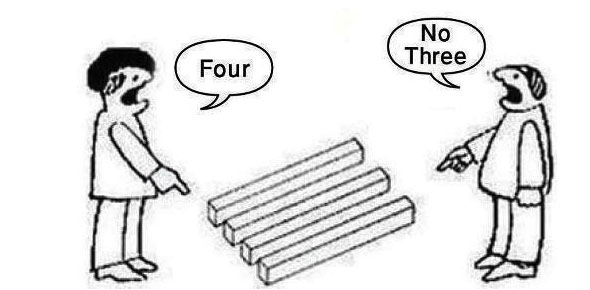Whether we admit it or not, people do judge a book by its cover. This was proven during the second week of Comm 292 classes where we had to make assumptions about our team members before actually getting to know them. Ultimately, this activity was a test of perception: Process by which individuals organize and interpret their impressions in order to give meaning to their environment. (Links to an external site.) Therefore, due to the fact that we had no previous about our team members, we made perceptual guesses to add meaning to the foreign environment that we were put into. Unfortunately, there are many factors that distort perception. According to Dr. Amir Abou Elgna, Vice Dean of College of Business Administration, perceptual errors are often seen on the basis of limited information. (Links to an external site.) In short, my team members and I placed each other in ‘categories’ due to the limited information that we knew about one another. For example, we assumed that the team member with glasses was an avid gamer and was interested in technology. Whereas, they assumed that my interests were in fashionand beauty based on the way that I dressed and presented myself that day. Both these assumptions were incorrect. Thus, a single characteristic led us to make a general impression of that individual (Links to an external site.), which is also known as the Halo effect.
Unfortunately, there are many factors that distort perception. According to Dr. Amir Abou Elgna, Vice Dean of College of Business Administration, perceptual errors are often seen on the basis of limited information. (Links to an external site.) In short, my team members and I placed each other in ‘categories’ due to the limited information that we knew about one another. For example, we assumed that the team member with glasses was an avid gamer and was interested in technology. Whereas, they assumed that my interests were in fashionand beauty based on the way that I dressed and presented myself that day. Both these assumptions were incorrect. Thus, a single characteristic led us to make a general impression of that individual (Links to an external site.), which is also known as the Halo effect.
Therefore, you should not judge a book by its cover, right?
In my opinion, I believe that one should not judge someone based on purely looks, however being conscientious about how others act and present themselves can be a useful indicator of their personality. For example, despite having others categorize me as “girly” based on the way I presented myself, another team member associated the way I present myself with the notes I was taking and gathered that I was very organized and meticulous , which was an accurate claim. Therefore, judging a book by its cover may not tell you its full story, however it can give indicators of what there is inside it.
Upon getting to know each member of my team, it was pretty easy reading their behaviours and figuring out what their attitudes were towards certain topics such as school or sports. However, the underlying component, values, which dictates behaviours and attitudes was not as evident to see. Precisely, values “reflect what is important to us. They are a shorthand way of describing our individual and collective motivations. (Links to an external site.)”. This was an essential part to know about my team members as values underlie perceptions, behaviours and attitudes. Despite behaviours changing, attitudes shifting and perceptions being skewed, values remain constant.  Thus knowing each individuals’ personal values allows for the group to effectively implement shared values. By doing so, core valueswithin the group will be established, thus facilitating ease for communication and collaboration for future team projects.
Thus knowing each individuals’ personal values allows for the group to effectively implement shared values. By doing so, core valueswithin the group will be established, thus facilitating ease for communication and collaboration for future team projects.
Overall, my biggest takeaways from the individual level of analysis of OB so far are: Assume Nothing*, but Asses Everything. Assumptions lead to falsified and narrow-minded findings. However, taking a step back and assessing the situation/person/environment as a whole will allow for a more clear and accurate conclusion of the given event.
*Expression famously used by Robert Gateman.
Sources:
Anon, (2018). [image] Available at: http://www.21stcenturylawyer.ca/userimages/Newsroom%20Images/2016/January%202016/s%20values.jpg [Accessed 28 Jan. 2018].
Anon, (2018). [image] Available at: https://www.proprofs.com/quiz-school/topic_images/p1b95avvf11l7rjf8v6u1atfo7r5.jpg [Accessed 29 Jan. 2018].